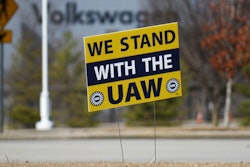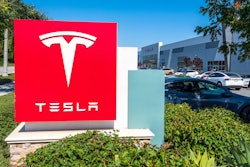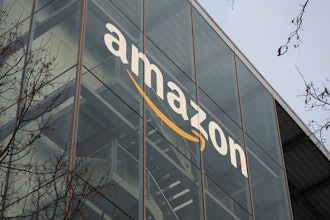While name brands like Tesla Motors help raise the profile of manufacturing in our regional economy, manufacturing has long been a driver of our economic development.
The reality is that manufacturing accounts for 21 percent of our regional GDP and provides 108,500 jobs across the Bay Area. These are solid middle class jobs that are a part of the inclusive economy we want to see in our region: jobs that pay well, that have professional advancement opportunities, and are generally accessible to people without a four-year college degree. We’re thrilled to see the increased focus on regional manufacturing on many fronts, and salute the Bay Area Manufacturing Initiative (led by SFMade), a three-year project to facilitate the creation of a well-defined and interconnected regional manufacturing ecosystem. The City of Fremont was one this initiative’s four founding cities (the others being San Francisco, San Jose, and Oakland) and has made manufacturing the backbone of its economic development efforts.
We also know that the success of manufacturing doesn’t rely on just the manufacturing companies themselves. A well-functioning ecosystem of supply chain, transportation, and warehousing companies helps manufacturing businesses connect with both their customers and suppliers. This “Cluster Effect” keeps the whole engine of manufacturing churning and enables companies to grow together.
The Silent Risk of the Silver Tsunami
What we don’t hear as much about is the silent risk of the Silver Tsunami. Much like a blood clot whose risk builds as arteries become clogged, the Silver Tsunami of retiring baby boomers is an issue that will creep up on cities if preventive actions aren’t taken. Boomers (those born between 1946-1964) own nearly half of all businesses with employees in the nine county San Francisco Bay Area (Alameda, Contra Costa, Marin, Napa, San Francisco, San Mateo, Santa Clara, Sonoma, Solano), including an estimated 3,680 manufacturing businesses, and 1,200 transportation & warehousing companies. Cities and regions need to understand the risk of these companies not being retained locally — either because they quietly close down, are sold to out of area buyers, or simply don’t have a succession plan as the owner marches into retirement.
Fremont’s Proactive Approach
Fremont is taking a very proactive look at this issue, given the importance of this sector — manufacturing jobs represent nearly one in four of all jobs in the city. Project Equity, the Bay Area nonprofit I co-lead, performed an analysis for Fremont to quantify the number of manufacturing and supply chain companies that are 20 years or older — a good indication that they need succession planning — and the impact if these businesses are not retained.
Manufacturing and supply chain companies in the city of Fremont that are 20-years-old and over:
- Represent 38 percent of the city’s manufacturing and supply chain businesses
- Employ an estimated 12,000 individuals
- Have provided the city with business tax of $1.2 million over the past 10 years
Local Ownership Over the Long-term
Keeping privately held companies locally owned over the long term is a critical component of any economic development strategy, and crucial for manufacturing. One challenge is that increasingly, the next generation does not want to take over their parents’ companies. Since only an estimated 20 percent of businesses put on the market ever sell, we need more strategies for business succession. The good news is that there is an approach that can provide similar benefits to family succession: employee ownership.
Employee ownership may be unfamiliar to many, but it brings numerous benefits, the most important of these are keeping companies locally rooted, providing quality jobs and strengthening companies for the long-term. It also offers a ready solution to the potentially negative impact of the Silver Tsunami on our local economies: buyers for your business are right there under your nose — the very employees who helped you build the company.
There are many myths about employee ownership that we often hear, and are able to debunk (visit Project Equity’s website to learn more). The bottom line is that with the right supports in place, these transitions can be very successful and compare favorably from the business owner’s perspective to other succession options.
Fremont has partnered with Project Equity to shine a light on the need for smart succession planning to retain manufacturing, supply chain, and logistics companies, and to develop an effective strategy to engage with their legacy businesses.
Local ownership of our manufacturing cluster is important to our region’s future. Let’s make sure the Silver Tsunami doesn’t put us at risk.






















